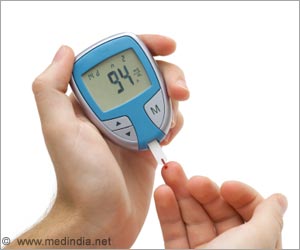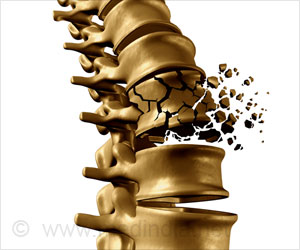The latter classes will help diversify the pipeline and act as
a catalyst for more innovation in the AD realm. .
‘Intense clinical activity may completely transform the atopic dermatitis (AD) space over the next
decade.
’
*Ramla Salad, Pharma Analyst at GlobalData, comments:* “The AD space has
seen a dramatic rise in interest from the pharmaceutical industry, which is
exemplified by the sheer size of its clinical development pipeline. An
increasing number of companies are seeing the potential in this indication
for its return on investment, and are entering the space singularly or
through strategic partnerships. The introduction of unique drug classes to
the AD space will provide patients with a plethora of options and will give
doctors more choice although this may come with further scrutiny especially
for the JAK class.” .
*Having analysed all pipeline products currently in Phase I, II, and III
stages of clinical development for AD within the seven major markets
(7MM*), Salad notes some key movements within the pipeline: *.
A total 35% of the pipeline agents are in Phase I trials, while 55% are in
Phase II and 10% are in Phase III. Small molecule agents make up 64% of the
pipeline and include multiple late-stage JAK inhibitors and PDE4
inhibitors, among other mechanisms of action. .
Key late-stage JAK inhibitors include three oral agents, AbbVie’s Rinvoq (upadacitinib), Pfizer’s
abrocitinib and Asana Bioscience’s gusacitinib, as well as two topical
agents, Incyte’s ruxolitinib and Pfizer’s brepocitinib. .
Among the PDE4 inhibitors, some notable late-stage products are Otsuka
Pharmaceutical/Medimetriks’ difamilast and Arcutis Biotherapeutics’
roflumilast. These agents are only being developed for topical use in AD. .
*Salad notes:* “While the majority of JAK inhibitors in late-stage
development are targeting moderate-to-severe patients, ruxolitinib and
brepocitinib are being positioned for patients with mild-to-moderate AD.
The potential availability of a new mechanism of action for patients with
milder disease could have strong impacts on AD market dynamics.
Source: Medindia



